Preventing Phenolic Foam Board Detachment in Exterior Wall Insulation Systems
2025-06-18 11:52:21
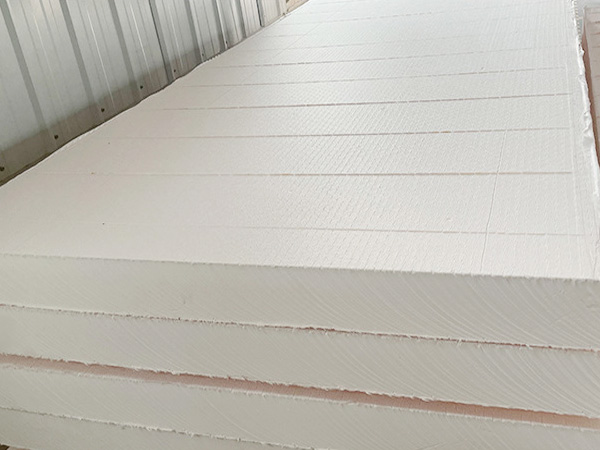
Preventing Phenolic Foam Board Detachment in Exterior Wall Insulation Systems
1. Key Risk Factors for Delamination
Phenolic foam boards may detach from exterior walls due to:
Poor Adhesion: Inadequate bonding from improper adhesive application or surface contamination.
Thermal Stress: Expansion/contraction from temperature fluctuations weakens bonds over time.
Wind Loads: High wind pressure can peel off insufficiently secured panels.
Moisture Infiltration: Water ingress behind panels causes adhesive failure or substrate degradation.
Low-Quality Fixings: Corroded or undersized mechanical fasteners (e.g., anchors, screws).
2. Prevention Strategies
A. Substrate Preparation
Clean the wall surface (remove dust, oil, loose particles).
Apply a primer to enhance adhesive bonding (for porous substrates like concrete/brick).
B. Adhesive Selection & Application
Use polymer-modified cementitious adhesives or polyurethane-based adhesives for high-strength bonding.
Apply adhesive in full-coverage (comb method) or perimeter + center dots (minimum 40% coverage).
Avoid "spot bonding," which creates weak zones.
C. Mechanical Reinforcement
Install corrosion-resistant anchors/fasteners (stainless steel or plastic sleeves) at recommended spacing (typically 6–8 anchors/m²).
For high-rise buildings, use dual fixation (adhesive + mechanical anchors).
D. Moisture & Thermal Management
Seal panel joints with elastomeric sealant to prevent water penetration.
Install a weather-resistant barrier (e.g., waterproof membrane) behind the insulation layer.
Use expansion joints to accommodate thermal movement in large areas.
E. Workmanship & Inspection
Follow a step-by-step curing process (adhesive setting time before anchoring).
Conduct pull-off tests (ASTM E736) to verify bond strength post-installation.
3. Long-Term Maintenance
Regularly inspect for cracks, sealant failure, or fastener corrosion.
Repair minor damages immediately to prevent moisture ingress.
Note: In extreme climates (e.g., typhoon-prone or freeze-thaw regions), additional wind uplift calculations and frost-resistant materials are critical.
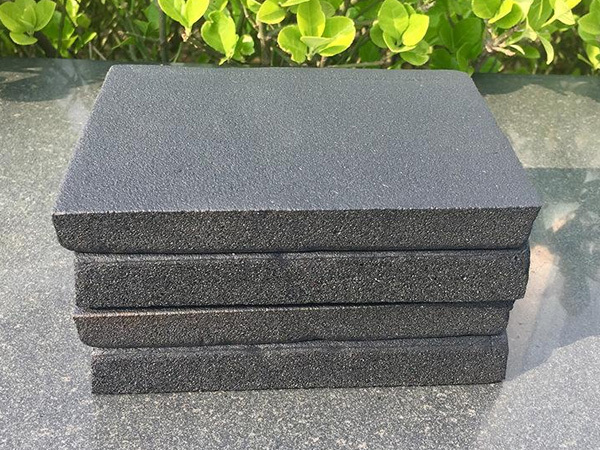
OurFlame Retardant Rubber Foamis a premium closed-cell elastomeric insulation material engi...
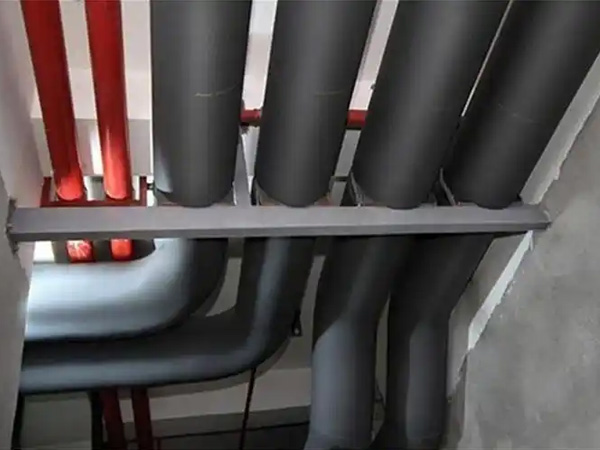
OurRubber Pipe Insulationis a high-performance solution designed specifically for HVAC pipi...
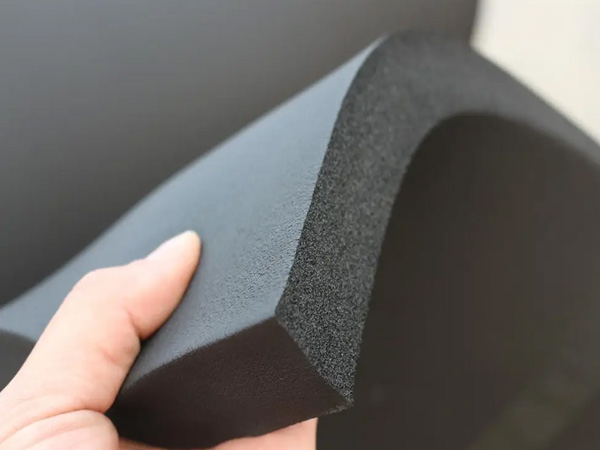
Rubber Foam Insulation Sheet – Product Introduction Premium Flexible Insulation for Therm...
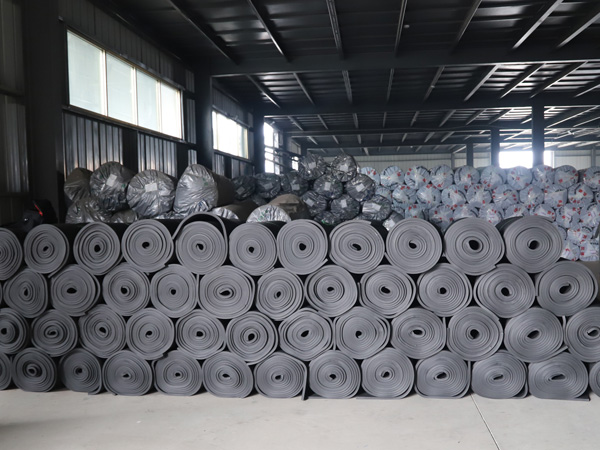
Specially engineered for refrigeration applications, ourElastomeric Rubber Insulationprovid...



